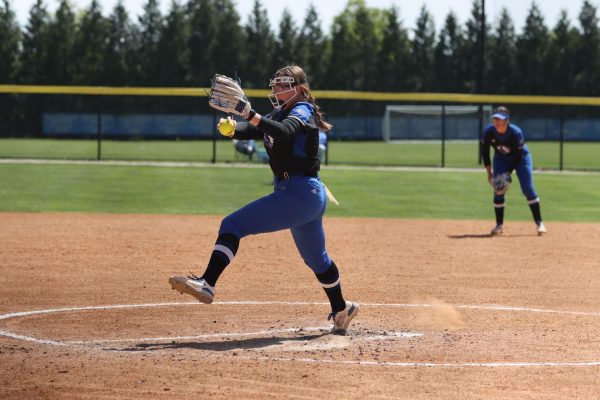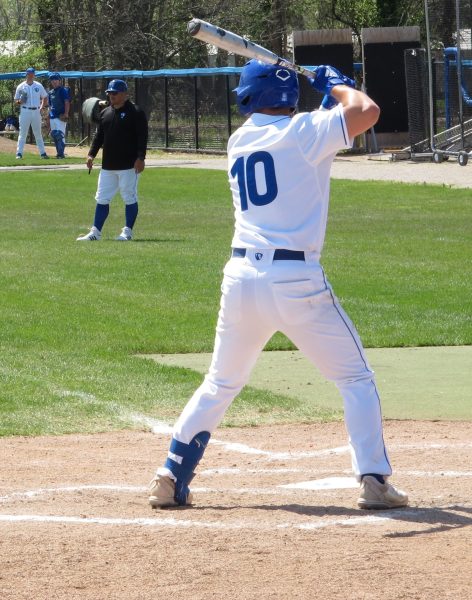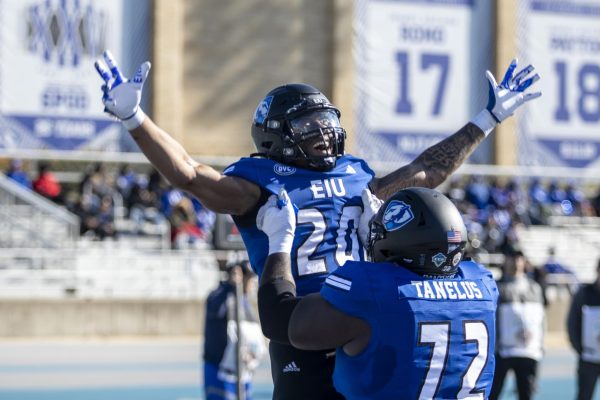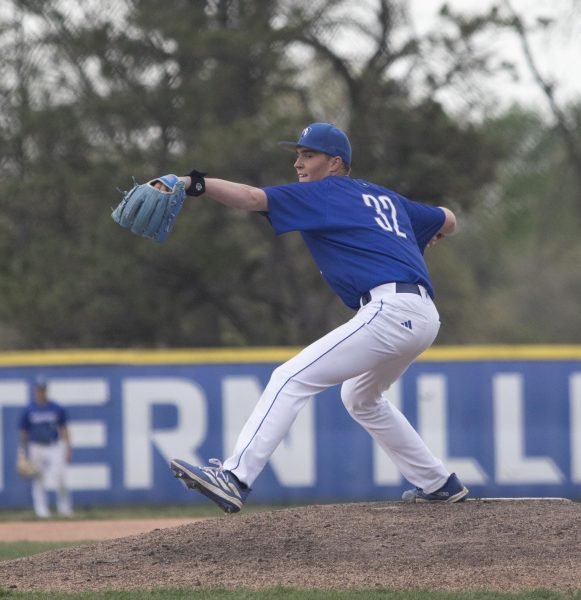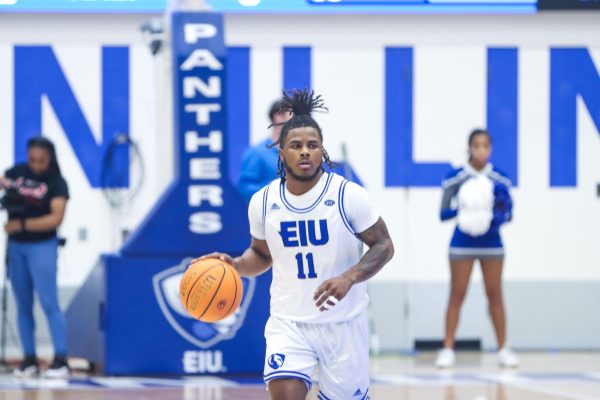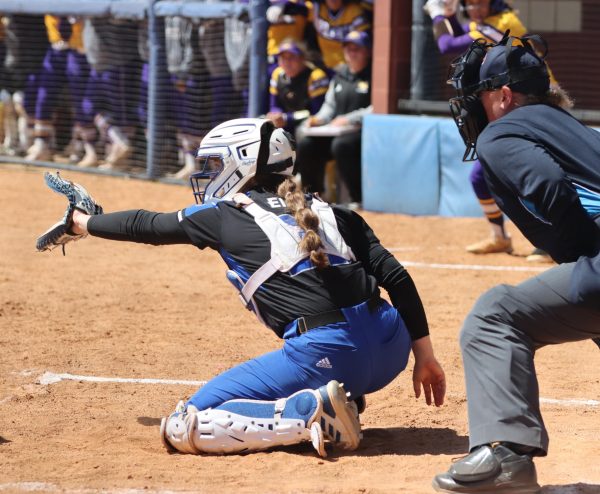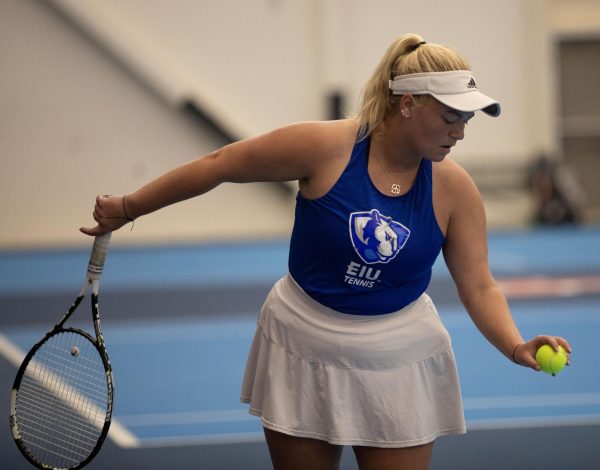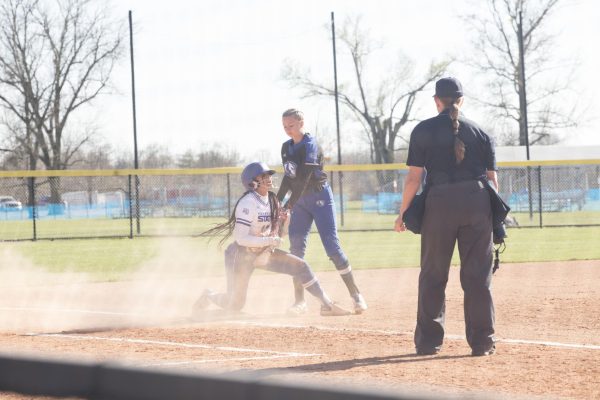Dummy’s guide to rugby
When rugby first started back in the 1870’s, there were only two positions in the game. There were the forwards and the backs. With the game’s evolution each year, many things have changed.
The number of positions has risen from just two in the 1870’s to 15 in current times. Each position has a set purpose, with many having several responsibilities on the field.
According to senior center Mary Archer, all of these positions can be based on two things.
“Positions are based on a person’s natural ability.” Archer said.
– The props have three main responsibilities in rugby. Their first job is to support the hookers in the scrimmage, without sacrificing them. They then provide support in the line-out; a quick bind is essential in rugby.
A prop’s final responsibility is in loose play. They must maintain possession and tie up an opposition’s possession.
– After the props come the hookers. They also have three jobs in the game. The first being is to win in the scrimmage. In addition to this, they must have good throw-in from the in line-out; timing is a key when doing this.
Like the props, hookers have the responsibility in loose play. They try to maintain possession and tie up the opposition.
– The second row, also known as the locks, has a similar job to the props. The second row should be committed to the scrimmage and support the hookers.
In the line-out, they have a “it’s my ball attitude” and jump for it. As do the props, they try to maintain possession of the ball.
– Flankers can be called the playmakers of rugby because they have the ability to change the course of the game. Flankers are the fittest athletes on the pitch; they must have the ability and desire to be on the field for a long time.
They must be able to pressure and tackle opponents to disrupt opponent’s possessions. The flanker’s focus is tackling opponents in the open field, junior Brittany Brown said. There is the blind-side flanker and the outside flanker. On offense, they are the link between the forwards and backs. They work like forwards’ and run and pass like backs’. The blindside flanker main focus is running all over the field said Brown.
– The 8-man must be in good physical shape. They have a wide range of offense and defensive responsibilities. On offense, they must be a threat every time they touch the ball. Like the flankers, 8-man has the ability to do forwards and backs jobs.
On line-outs, they put pressure on the defense and it is a positive if they are good jumpers. On defense, the 8-man anticipates the kick and makes the tackle.
– Like the flanker, the scrum-half must be fit. They keep the team moving on the field and must attack a runner from scrum to maul.
It is essential that a scrum-half knows when to use forwards in an attack or when to use the backs. They must be able to pass with both hands from the ground and standing; the dive pass is very important in the game. Their main priority on defense is to use different schemes and to apply pressure on all positions.
– The fly-half sets up the offense with a pass or kick. It is essential that a fly-half keeps the team going forward and makes quick decisions.
Attacking the weak side is a main priority of offense for them.
It is equally important they protect the team’s weaknesses and take advantage of the opposing team’s. As for offense, a fly-half must set the tone and then be aggressive on defense.
– Centers in rugby are known as strong runners and tacklers. They have four responsibilities in the game.
They put pressure on opponents on both sides of the ball. On offense, centers have the job of distributing the ball to the wings. The inside center gets the ball out of the scrummage, they then start the attack said senior center Mary Archer.
– Wingers are the scorers and finishers on the team. Offensively, they should be able to perform full- backs jobs. Big wingers must have the ability to run inside and make something happen. Defensively, wingers have the reputation of being good open-field tacklers. When playing the cover defense, it is important that wingers are in good shape. Speed also helps in the wing position.
– To be successful in the full back position, an athlete must have the desire to run the ball up the middle or to the weak side every chance. In addition, fullbacks have sure hands under all kicks. They are good kickers under pressure.
On defense, they have two main responsibilities: being good open-field tacklers, and their essential job, to anticipate other team’s tactics and analyze and cover that team.



































